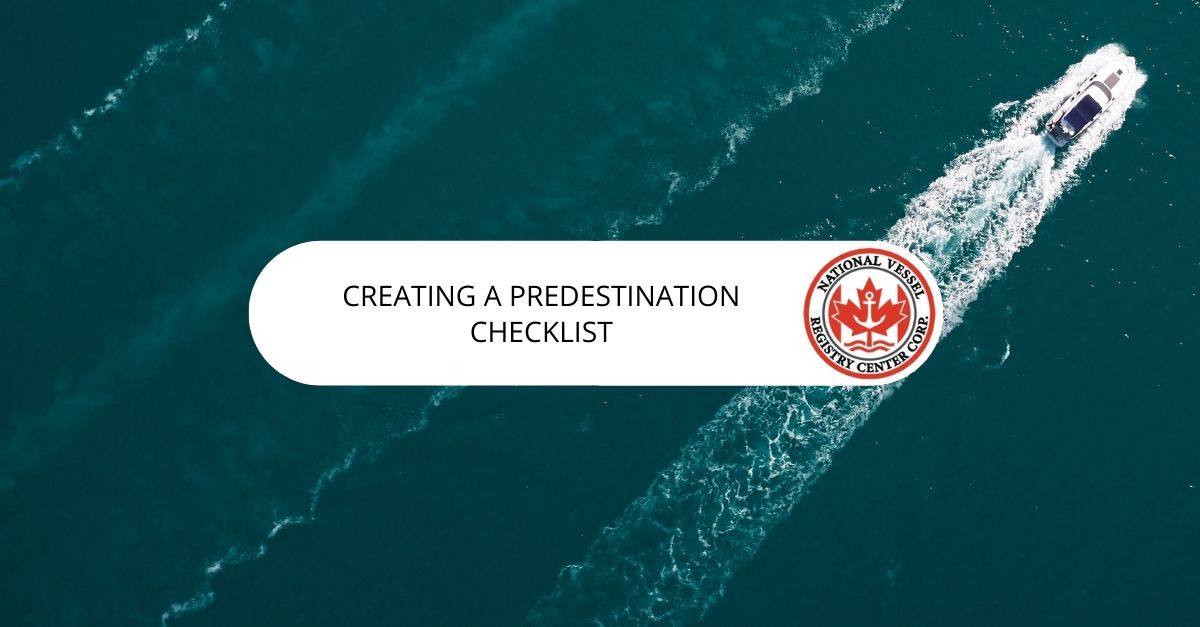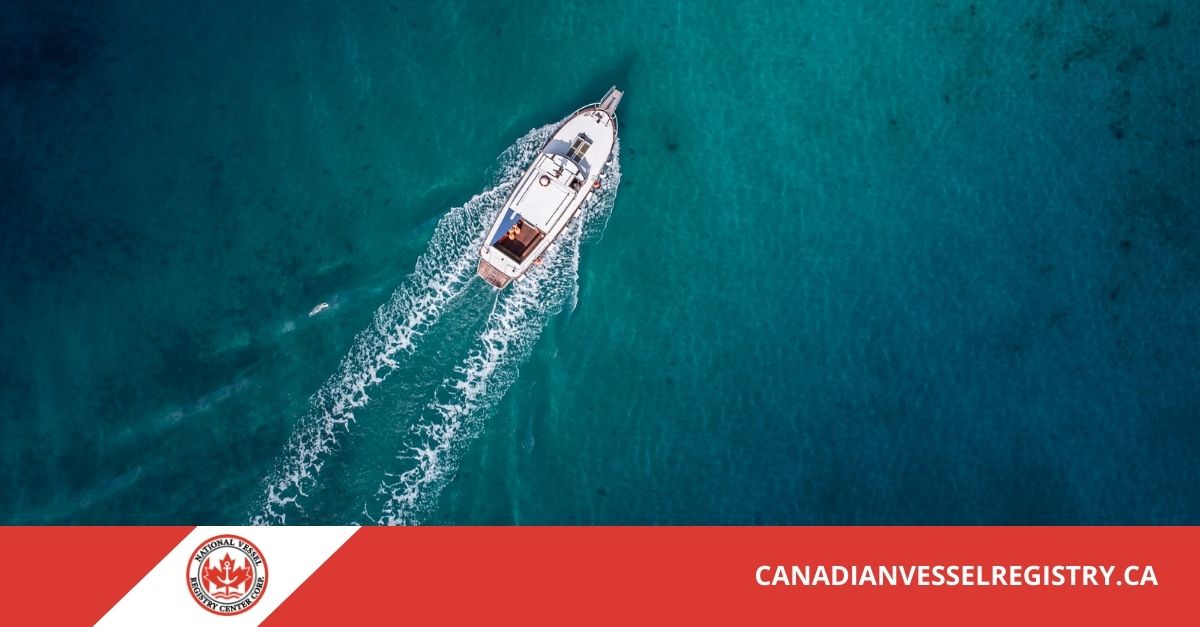If you plan to set sail or go boating, you’ll want to create a checklist to ensure your journey is safe and secure. Therefore, it’s important to create and follow a predestination checklist to prepare for your trip.
A predestination checklist will help you take stock of your equipment onboard and explain its use to guests onboard. Both guests and navigators need to acquaint themselves with these types of preparation details.
Getting Everything in Order: A 7-Step Overview
Before getting more in-depth about the checklist, it’s important to understand how a checklist along with other trip preparation activities is important in marine trip planning.
1. Make Sure Your Boat is in Prime Condition
With a predestination or preparation checklist in hand, you can check for leaks, hull damage, or other necessary repairs. This enables you to attend to them promptly. It also supports inspections covering electrical systems, engine components, and the mechanism that operates your steering, thereby eliminating any possible technical difficulties during your trip.
2. Plan Your Route Ahead of Schedule
Along with your checklist, you can attach a float plan that outlines your boating route and expected departure and arrival times. It can also help you arrange fuel stops, purchase supplies, and help you plan for emergency backup in case of inclement weather or an equipment breakdown.
Share the supporting itinerary and plan with a family member or friend who is not joining you on your boating excursion. That way, they can follow you on your journey and notify emergency personnel in case of an accident or unforeseen event.
3. Closely Track the Weather
In the days leading up to your boating adventure, keep an eye on the weather forecast for possible storms, strong winds, or choppy waters. Monitor weather updates before and throughout your journey. Doing so will help you anticipate and prepare for changing conditions.
4. Pack the Right Safety Equipment and Gear
Make safety a priority when planning a boating vacation. All the guests onboard should have properly sized life jackets, and you’ll need to have safety gear like fire extinguishers, flares, a first-aid kid, VHF radio, lifebuoys, and personal locator beacons in place.
5. Inventory and Stock Essential Provisions and Supplies
Complete a list of necessary supplies, based on your trip’s duration and the number of people taking the journey. Include items like food, clothing, water, fuel, blankets, tools, toiletries, spare parts, and batteries. Double-check your inventory.
6. Explain to Guests How to Wear and Use Safety Gear and Devices
Before casting off, explain the safety rules to your guests, especially those individuals who have little boating experience. Show them the proper way to wear a life jacket or personal flotation device (PFD) and review and explain how to use safety equipment during an emergency.
7. Perform a Walk-Through and Systems Check
Before you leave a marina or dock, walk around your boat and perform an inspection of its fenders, lines, and attachments. Make sure everything is securely stowed away and test all the communication and navigational equipment. Confirm that everything is operable before you depart on your trip.
Creating the Checklist: How to Outline the Form
To prepare for your journey your predestination checklist should include the following listings:
Lifejackets and PFDs
Make sure each person onboard is wearing a properly sized lifejacket or PFD that is Canadian-approved for marine wear. Check the buckles, fabric, zippers, and seams.
Operator Competency
Have you taken a boating safety course? Do you know what to do in case of an emergency? Do you have your pleasure craft operator card (PCOC) onboard?
Sail Plan
File the sail plan or float plan before embarking on your trip. Make sure someone you trust is holding the details of this plan and will follow your progress.
VHF Equipment
VHF equipment is the standard equipment used to monitor winds, inclement weather, and temperature fluctuations.
Required Safety Equipment and Parts
Make sure the equipment onboard is accessible and operable. You should have all the equipment needed per Canadian law. Carry basic items, such as a first aid kit, required navigational tools, and spare parts.
Compass and Charts and Hazards
Make sure you know where you’re boating or sailing all the time as well as the water levels, tides, and local hazards in your locale.
Fuel
Check the tank and remember to have 1/3 fuel to leave and 1/3 fuel to return, keeping 1/3 of the fuel supply in reserve.
Boat Condition
Is your boat ready to leave the dock? Does the hull have visible damage or cracks? Also, check the electrical connections, fuel, cooling system, and propulsion. Make sure your steering system and throttle are working well.
Oil Level and the Associated Parts
Check the amount of oil and examine the lines and hoses for cracks or leaks and replace them, if required. Also, make sure the belts and clamps are secure and are in good condition. Inspect and replace the spark plugs, if necessary. Check and change the oil or water filter if they’re dirty.
Weight Distribution
Make sure that the boat’s load (the people and gear)are distributed equally.
Safety Briefing
Show your passengers where you keep your boat’s safety equipment and how to use the devices.
Keep Your Registration or Pleasure Craft Licence Up to Date
If you have a registration or pleasure craft license, make sure the document is current. You can learn more about registration or licensing by making an application through the Canadian Vessel Registry. Stay apprised of your legal responsibilities. Go online and make sure you have all the correct documentation in place all of the time.


